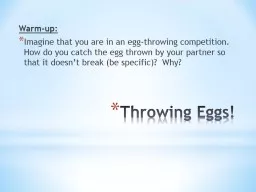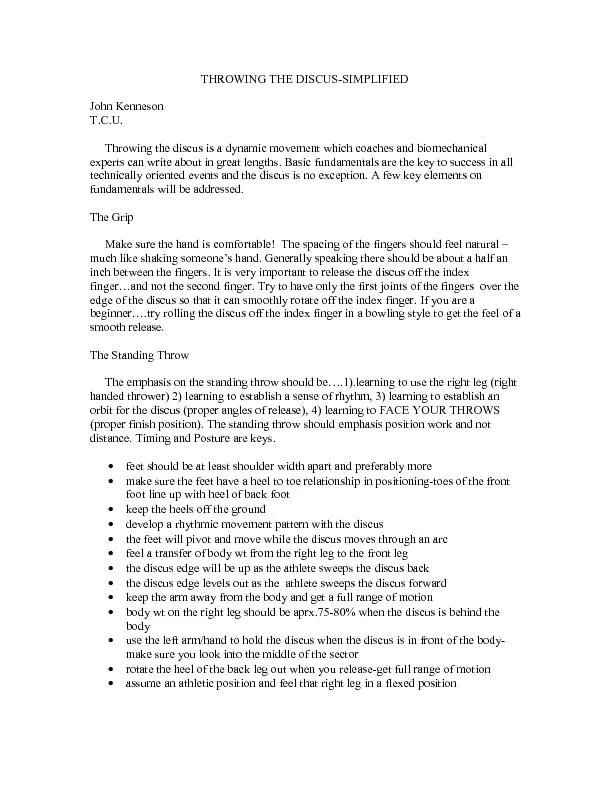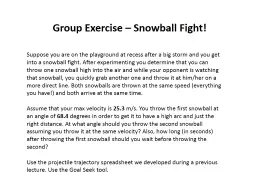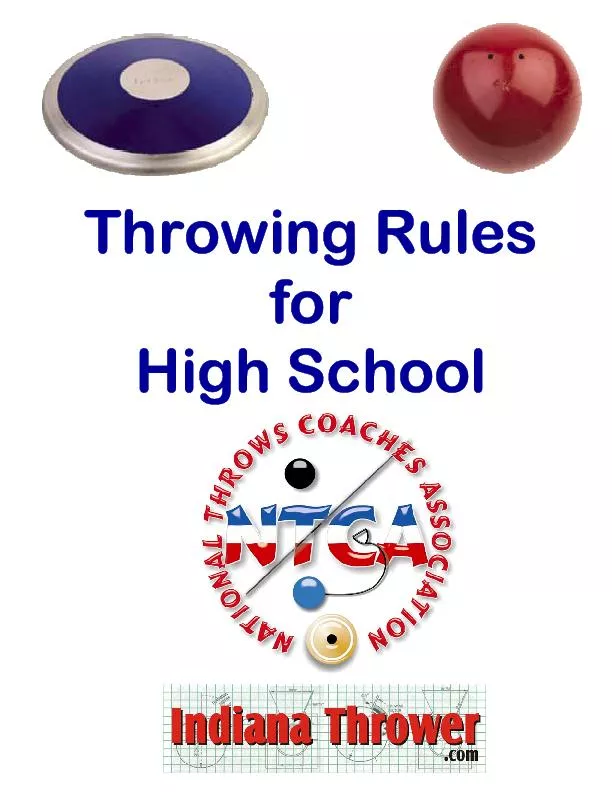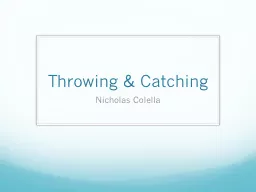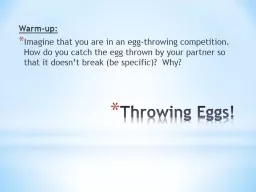PPT-Throwing Eggs! Journal—START ON A NEW PAGE. LABEL IT “2
Author : pamella-moone | Published Date : 2018-02-11
ND SEMESTER Warmup Imagine that you are in an eggthrowing competition How do you catch the egg thrown by your partner so that it doesnt break Why Video Demos Demo
Presentation Embed Code
Download Presentation
Download Presentation The PPT/PDF document "Throwing Eggs! Journal—START ON A NEW ..." is the property of its rightful owner. Permission is granted to download and print the materials on this website for personal, non-commercial use only, and to display it on your personal computer provided you do not modify the materials and that you retain all copyright notices contained in the materials. By downloading content from our website, you accept the terms of this agreement.
Throwing Eggs! Journal—START ON A NEW PAGE. LABEL IT “2: Transcript
Download Rules Of Document
"Throwing Eggs! Journal—START ON A NEW PAGE. LABEL IT “2"The content belongs to its owner. You may download and print it for personal use, without modification, and keep all copyright notices. By downloading, you agree to these terms.
Related Documents

